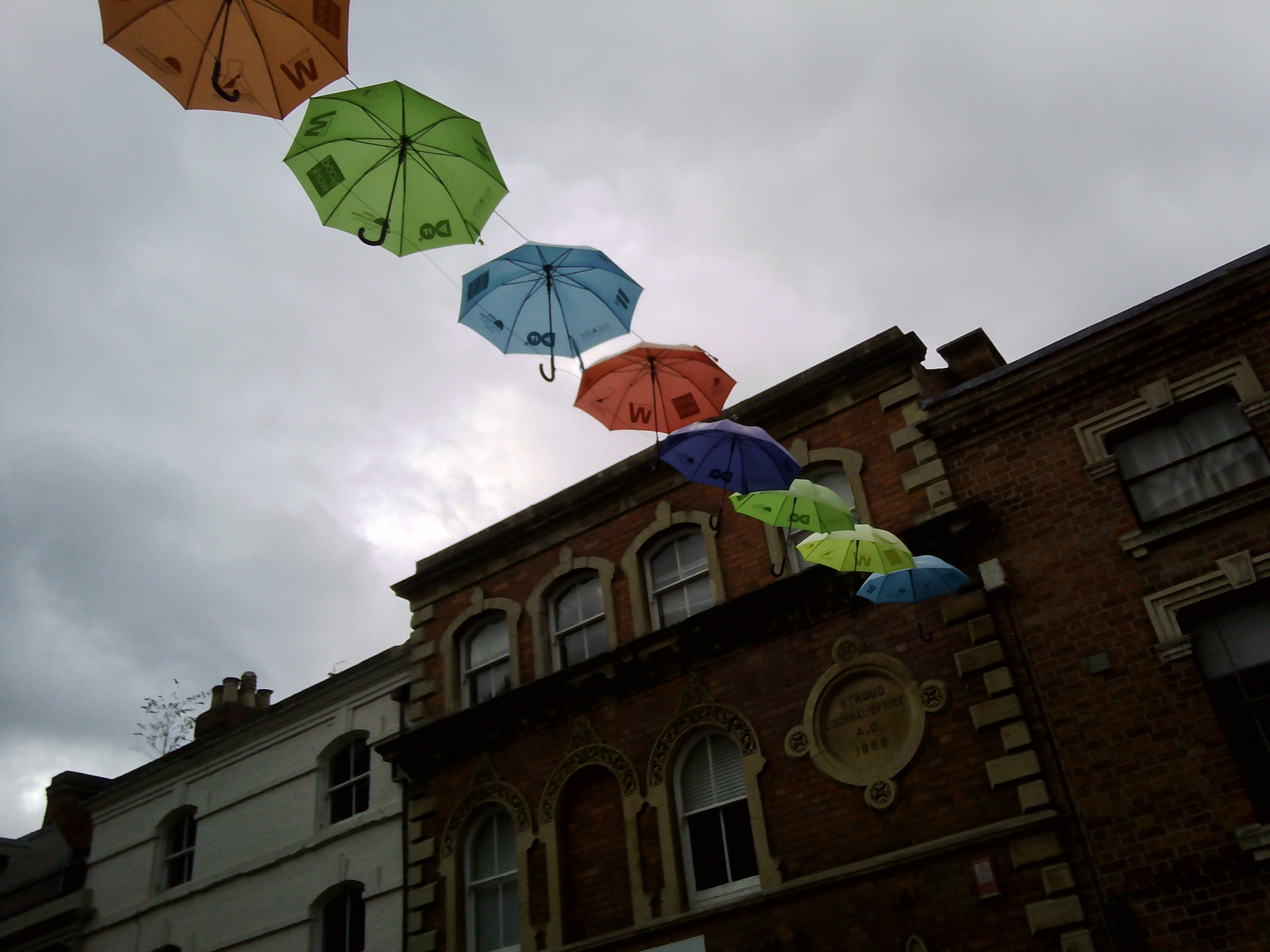Digital Camera World Verdict
If you're after a first camera for a 3+ year-old child, the VTech Kidizoom Duo is an excellent choice. It's well priced, built to last, and is packed with kid-friendly features like a selfie camera, lots of digital effects, video mode and even some basic computer games. It's designed so even a pre-school child can use it was only minimal tuition, though the obviously toy-like styling, along with underwhelming image quality, make the Kidizoom best suited to kids aged under about 7 years old.
Pros
- +
Solid build
- +
Loads of fun features
- +
Easy to use
- +
microSD expandable storage
Cons
- -
Image quality not great
- -
Slow shutter speed in low light
- -
Sluggish start-up time
- -
Digital zoom only
Why you can trust Digital Camera World
The VTech Kidizoom Duo 5.0 is a camera designed by a toy brand rather than a conventional camera manufacturer, and as such it's built to both entertain young children and survive the inevitable abuse they'll inflict on it! Features such as dual viewfinders (hence the Duo name) make it more intuitive to use for kids than a conventional camera, and the two rubberised sculpted hand grips ensure even a pre-schooler can operate the Kidizoom with some degree of precision. Add fun effects like digital 'stickers', funky borders and even a selection of basic computer games (which can be controlled by a motion sensor in the camera) and you've got a camera that can keep even the most hyper-active little one entertained for a surprisingly long time.
Read more: the best cameras for kids
Features
The Kidizoom duo stands out as a good camera for kids not really for its core camera technology, as this is predictably basic, but for its well thought out exterior. It feels more like a rugged underwater camera thanks to its almost entirely rubber-wrapped casing, which is bulbous enough to give even a 3-year-old a decent grip, while also protecting against some inevitable rough and tumble. The camera sensor is a 1/2.3-inch 5 megapixel chip, which sounds a bit pathetic by current camera standards, but your average pre-schooler really isn't going to care if his or her images aren't as sharp as those from one of the best DSLRs. What's more, this isn't the only camera inside the Kidizoom Duo. There's also a rear-facing selfie snapper, and you can easily switch between the two using the button on the left-hand grip.
Build & handling
Considering the Kidizoom is fairly inexpensive by digital camera standards, its build quality feels reassuringly tough and robust, with no noticeable flex or weak points in the camera body. The lens is more of a pinhole camera and is so small and deeply recessed that it's highly unlikely to be damaged, even without a lens cap. The 2.4-inch rear LCD screen is nothing special, with limited color vibrancy and contrast. Viewing angles aren't too bad though, and most importantly it's easily good enough for a child, who's unlikely to be the most discerning critic of LCD image quality.
The screen isn't touch sensitive, which may confuse older children already accustomed to swiping through their favorite YouTube Kids videos, but the physical buttons and joystick on the Kidizoom are simple enough for children to operate. Power comes from 4x AA batteries, two in each hand grip, so there's no need to carry a separate charger, or worry about any potential danger from a lithium-ion rechargeable cell.
Performance
We tested the Kidizoom in the hands of a 3 year old with no prior experience of using a camera. VTech markets the Kidizoom as suitable for children aged 3 to 9 years old, and in our experience this is just about true. Inevitably a boisterous pre-schooler is likely to be rather trigger-happy with the shutter release, and our 'reviewer' gave little concern to trivialities like framing and composition! As such, the Kidizoom's internal memory will fill up very fast, though it can hold nearly 200 shots thanks to the relatively low 5MP resolution and JPEG-only picture quality. If you want to avoid constantly culling photos from the internal memory, investing in a cheap microSD card to go in the Kidizoom's microSD slot in order to expand the camera's storage capacity would be very wise.

Image quality is - rather appropriately - on par with the digital toy camera effects offered by some compact cameras. There's a noticeable blue/green color cast, reminiscent of a lomo style toy camera, while fine detail is non-existent. Dynamic range is also poor, so expect some blown-out highlights and a lot of very murky shadow areas in high-contrast scenes, as the Kidizoom's exposure metering tends to underexpose to preserve what little highlight detail it can.
The best camera deals, reviews, product advice, and unmissable photography news, direct to your inbox!
You'll also need to try and teach your child/ren how to hold a camera still for indoor shooting. The Kidizoom doesn't seem to have a particularly high ISO sensitivity for low light, so blur from camera shake can plague low light shots if the camera isn't held still. Using the built-in flash for indoor shots is definitely recommended.
Focus accuracy is pretty good though, so even the most carefree shooter should be able to reliably capture in-focus shots in good lighting, unless they try to shoot a very close subject. The shutter release button is simply on or off, so there's no need to try and teach a tricky 'half-press to focus' procedure.
The secondary, rear-facing selfie camera is only VGA (0.3MP) resolution, producing small images 640 x 480 pixels in size. Even so, it's a nice addition to have, and even images this small will still please younger children.
The only real annoyance for a child is the rather sluggish delay between turning the camera on and it being ready to shoot - about 4 seconds - which can cause you to miss a fleeting moment.
Sample images
Verdict
If you're after a first camera for a 3+ year-old child, the VTech Kidizoom Duo is an excellent choice. It's well priced, built to last, and is packed with kid-friendly features like a selfie camera, lots of digital effects, video mode and even some basic computer games. It's designed so even a pre-school child can use it was only minimal tuition, though the obviously toy-like build, handling and styling may be a bit too basic for an older child already accustomed to using a parent's smartphone or tablet. A child approaching the upper end of the cameras recommended age range - 9 years old - may also not be too impressed with the Kidizoom's fairly poor image quality, but this is unlikely to bother younger kids, for which the camera is ideally suited.

Read more:
- The best camera for kids
- The best cameras for beginners
- Best drones for kids
- The best pink cameras
- The best cheap cameras
- The best compact cameras
- Best cameras under $100 / £100
- Best student camera for photography courses
- Best camera for film students
Ben is the Imaging Labs manager, responsible for all the testing on Digital Camera World and across the entire photography portfolio at Future. Whether he's in the lab testing the sharpness of new lenses, the resolution of the latest image sensors, the zoom range of monster bridge cameras or even the latest camera phones, Ben is our go-to guy for technical insight. He's also the team's man-at-arms when it comes to camera bags, filters, memory cards, and all manner of camera accessories – his lab is a bit like the Batcave of photography! With years of experience trialling and testing kit, he's a human encyclopedia of benchmarks when it comes to recommending the best buys.
















